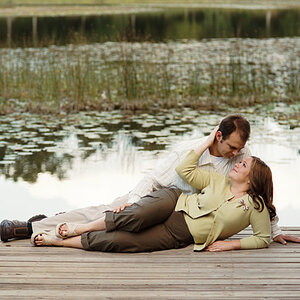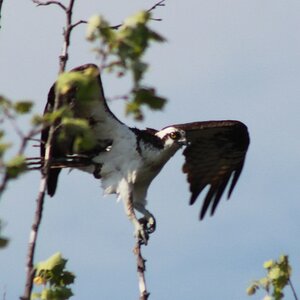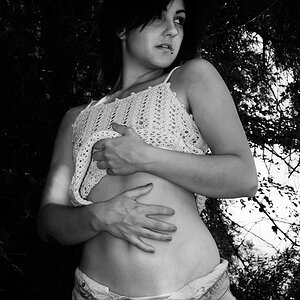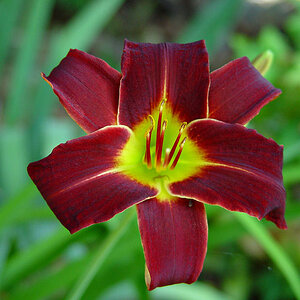mpasq66
TPF Noob!
- Joined
- May 12, 2009
- Messages
- 144
- Reaction score
- 22
- Location
- Pittsburgh
- Can others edit my Photos
- Photos OK to edit
Try reading a little more carefully.
Try it yourself.
Okay this might be a really stupid question but I was thinking about uses of RAW files. Since the shutter is open longer, sometimes by several factors, does that mean the sensor is collecting more information over a longer period of time? Doesn't that mean the files should be larger? If not, what am I misunderstanding about RAW?
Again....... shooting in raw has - n o t h i n g - to do with the shutter speed.
I don't think that's what he was asking, I think he was asking more or less if a 5sec exposure produced a larger "file size" than a 1/60 sec. exposure.....
Of course it's 4:30 a.m. here and the ambien is kicking in so......


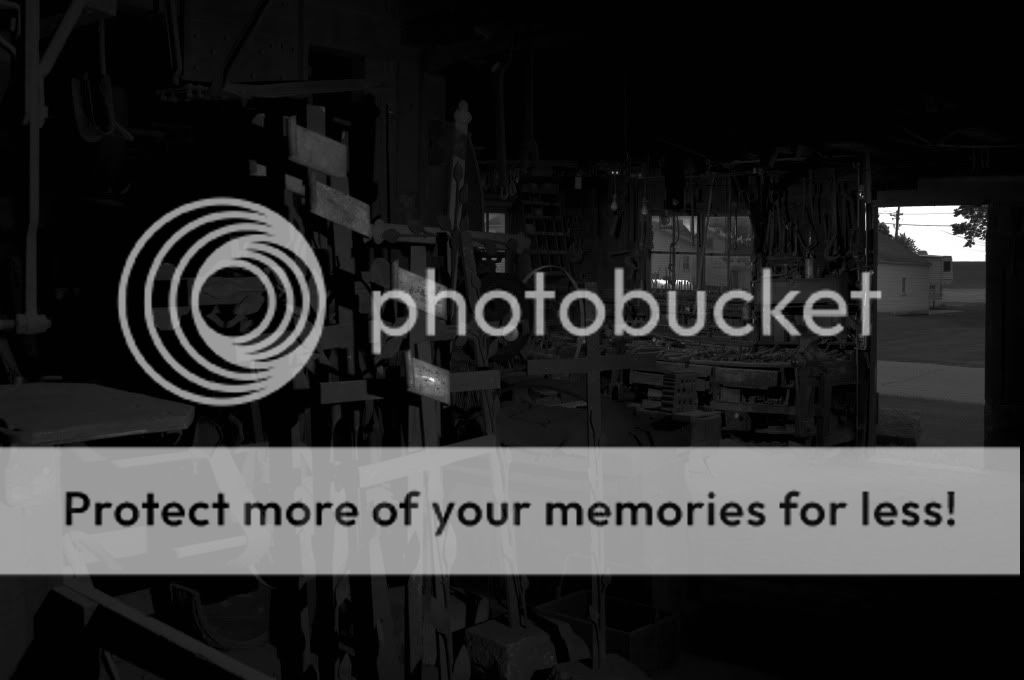
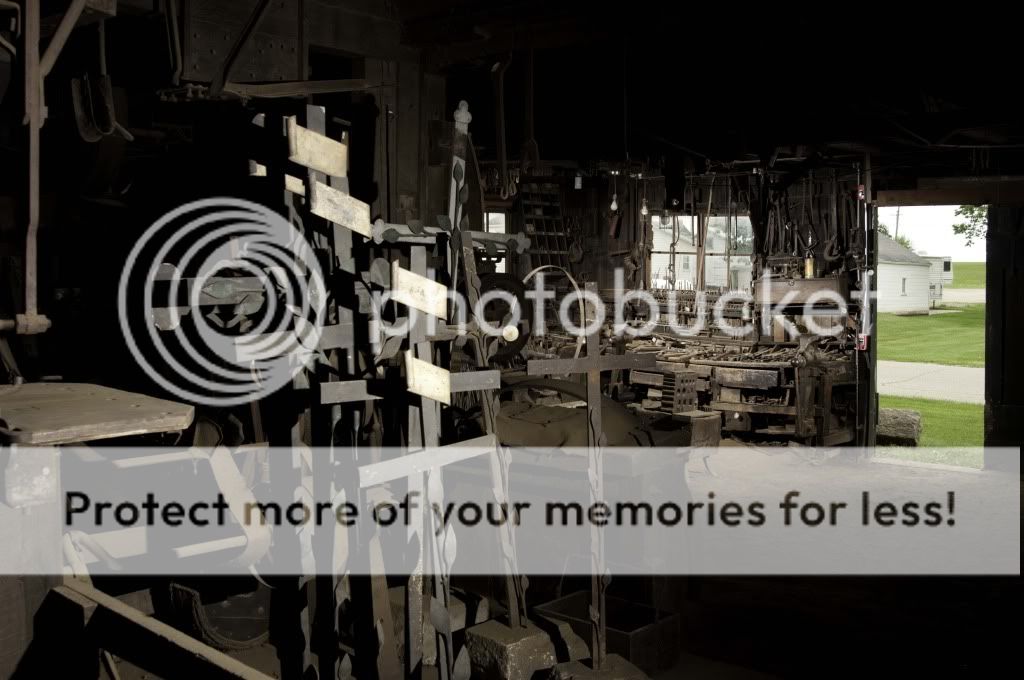
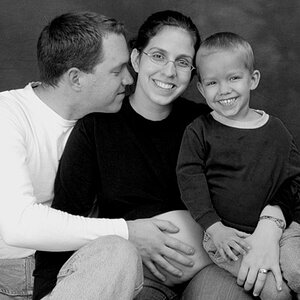
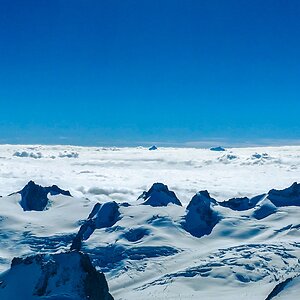
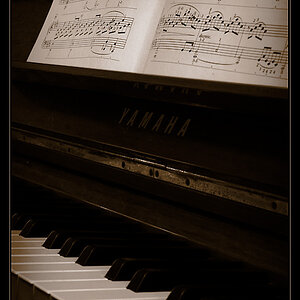
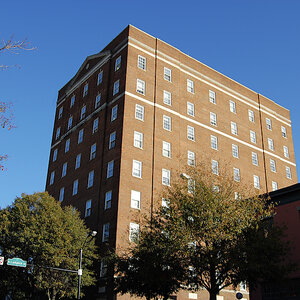
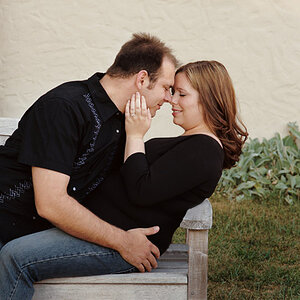
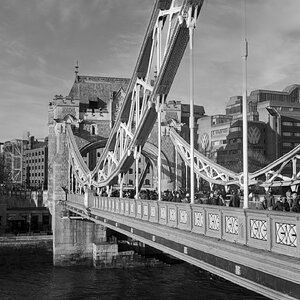
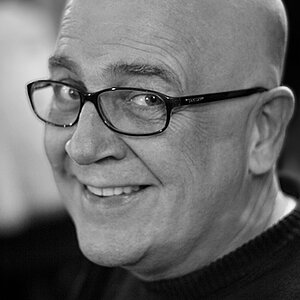
![[No title]](/data/xfmg/thumbnail/37/37604-7ad625e983f92f880eb65a264eeef5e4.jpg?1619738148)
